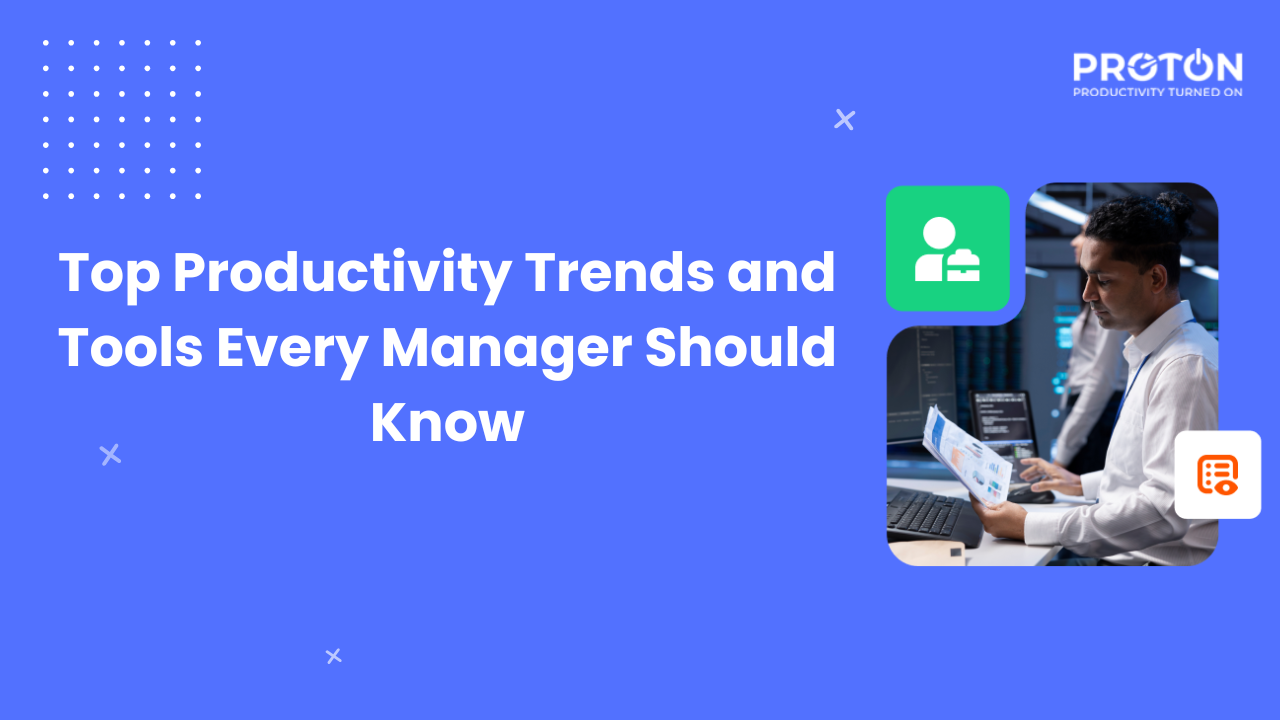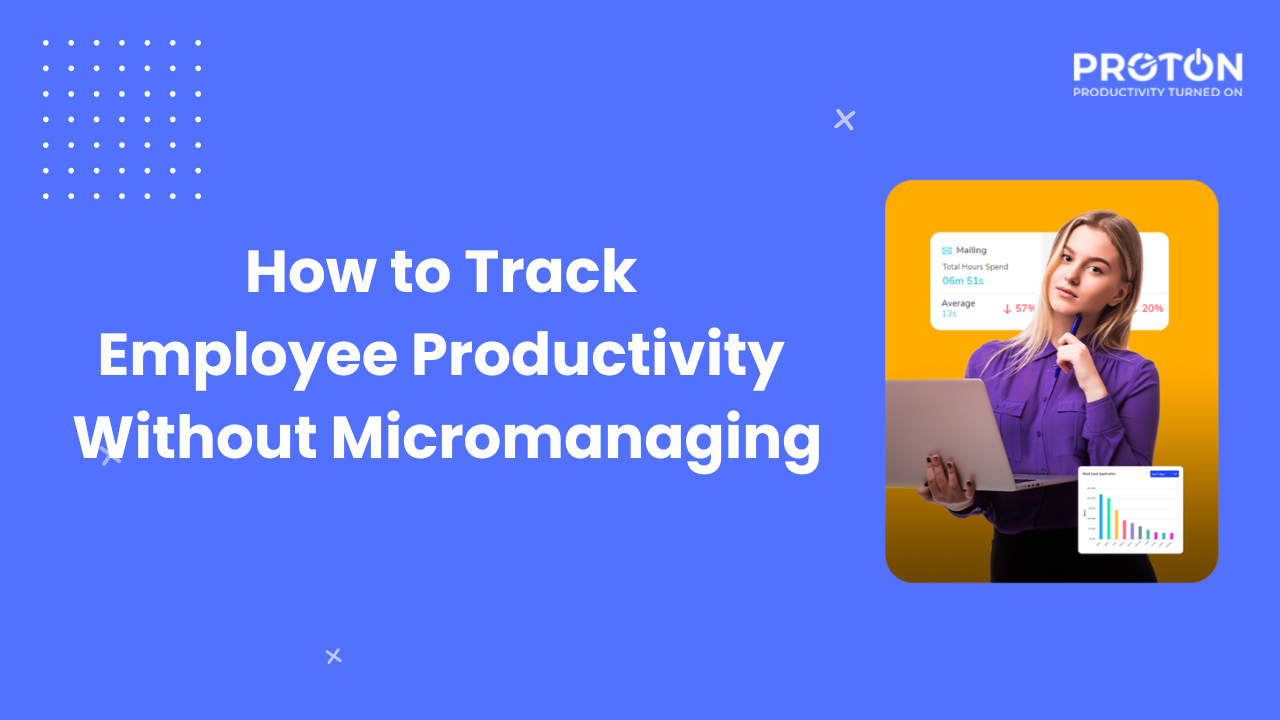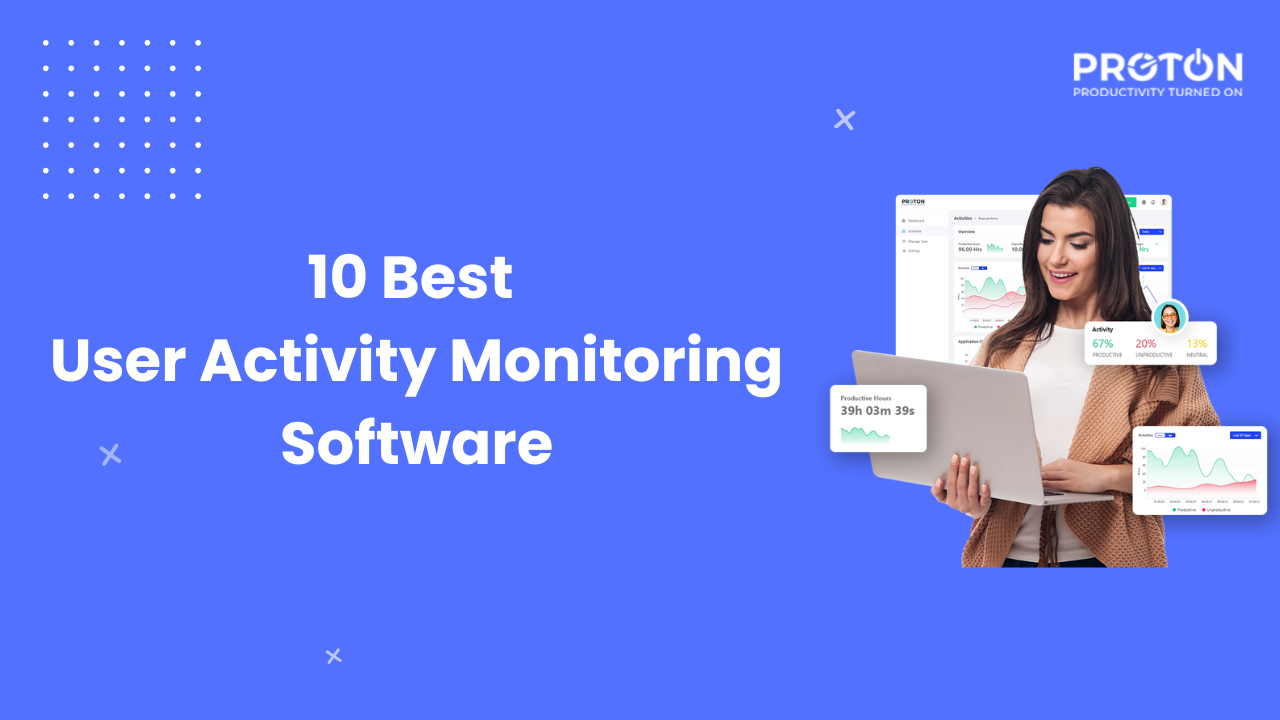Imagine the role of managers. They’re walking the tightrope of management high above the ground, balancing chaos and micromanagement every single day.
But the future is hybrid, and managers and organizations need to adapt to this changing dynamic of work culture. As of 2023, 12.7% of the global workforce work in a completely remote setup, while 28.2% work in a hybrid model.
So, now is the time to balance employee well-being, productivity, and security. And even if we disagree with the need for oversight, we can’t ignore it.
Stay with us as we discuss the importance of remote employee monitoring and the best ways/tools for it.
Importance of Remote Employee Monitoring
Other than ensuring your team members are productive and efficient, there are a few very practical reasons why remote employee monitoring is important.
Here are a few:
Enhanced Security
A report by IBM shows more than 550 organizations worldwide were hit by data breaches in 2023, totaling an average cost of USD 4.45 million. It is a 15% increase from 2022.
The risk of data breach and non-compliance increases when employees work in a remote setting. So, using employee monitoring tools and software can significantly reduce the chances of data leaks and other unauthorized activities.
Improved Accountability and Productivity
It’s the same concept as timesheets and attendance registers. With remote employee monitoring, organizations can promote better accountability for employees. It helps maintain transparency about how employees spend their work hours.
Also, given that employees know their actions are monitored, they’re more likely to spend their time productively at work. This is also helpful in avoiding billing inaccuracies.
Better Performance Handling
Remote employee monitoring software gives managers a clear view of how employees perform. Managers can track productivity and identify employees performing well or ones who need more training and support.
It’s a data-driven approach to handling and resolving performance issues that directly translates into better employee motivation and improves the organizational culture.
Time and Resource Management
Whether a workforce is operating remotely or in-office, time and resource management is crucial. And it becomes a little bit more difficult for remote working employees.
However, with remote employee monitoring tools, team leads can now record the time employees take to complete tasks and redistribute the workload if necessary. It also provides a clear progress report on projects and timelines, ensuring projects stay on track and resources are allocated properly.
Improved Communication
Communication is the most important aspect to ensure employees feel trusted and valued in any workplace. Employee monitoring tools can work extremely well in maintaining transparency among members and also improving team dynamics.
How to monitor remote employees?
Now that we know why monitoring remote employees is important let’s look at the different ways you can do it.
Creating Task Lists
Having a documented list of tasks sets clear expectations for employees about what needs to be done, eliminating ambiguity. It creates a basis of communication that shows clear progress of individual tasks.
Employees can see their listed tasks in order of importance and urgency and ensure they complete them first. Besides allocating the right amount of time for each task, employees are more accountable for their deliveries.
Using Employee Monitoring Software
One of the most effective ways to monitor employees is using remote employee monitoring software or tools. It is an advanced method to track employee activities, and provides insights about how they spend their time during their workday.
For example, some tools capture screenshots, track active time on the system, and measure activity with mouse and keyword usage. At the same time, others provide insights about employee efficiency by tracking app usage and different website visits.
Proton is an employee productivity monitoring software that offers a comprehensive suite of features. With Proton, you gain real-time visibility into employee activities, set productivity measures, and analyze employees’ time on different applications. It also provides advanced insights and reports that help you identify work patterns and productivity indicators.
It is a great tool to define project activity durations and leverage data analysis to improve workplace strategies in favor of the organization and employees.
Encouraging Self-Reporting
Self-reporting can be a good way to monitor employees working remotely. But only when it’s a small workforce. For medium and large-sized businesses, this is hard to track and execute.
You can ask all your team members to send you their daily productivity reports before logging out every day. While this may work, it can also give way to misrepresentation of individual tasks and workloads.
Security and Privacy Concerns
Security is one of the biggest concerns for organizations that allow remote employment. But with the right remote employee monitoring tool, you can control access to data and only permit authorized members to view such information.
Employee monitoring tools also use data encryption to protect any data you may store and transfer and keep combating security threats with regular updates and patches.
Conclusion
Although remote employee monitoring tools are crucial for businesses right now, it’s important to acknowledge the impact they can have on employees. It can lead employees to see it as an invasion of privacy or even mistrust the organization.
Therefore, we need to be transparent and communicate the benefits and necessity of such tools. Not only will it help in better adoption of these measures, but it will also foster a culture of mutual trust and understanding.
FAQs
Do employers monitor remote employees?
Yes, many employers monitor remote employees using performance monitoring and time-tracking tools. The primary reason is to ensure employees make the most of their time during a workday and maintain productivity at all levels.
How do you supervise employees remotely?
You can supervise or oversee remote employees using tools like Proton to track activities, assess performance, and facilitate communication. Regular virtual meetings and check-ins also help maintain team cohesion and managerial oversight.
Can my boss track my computer activity?
Yes, but only if you’re using a company-provided system that has consented to monitoring policies. That way, employers can legally track your activity to ensure you use it for work and maintain compliance.


